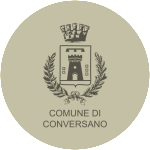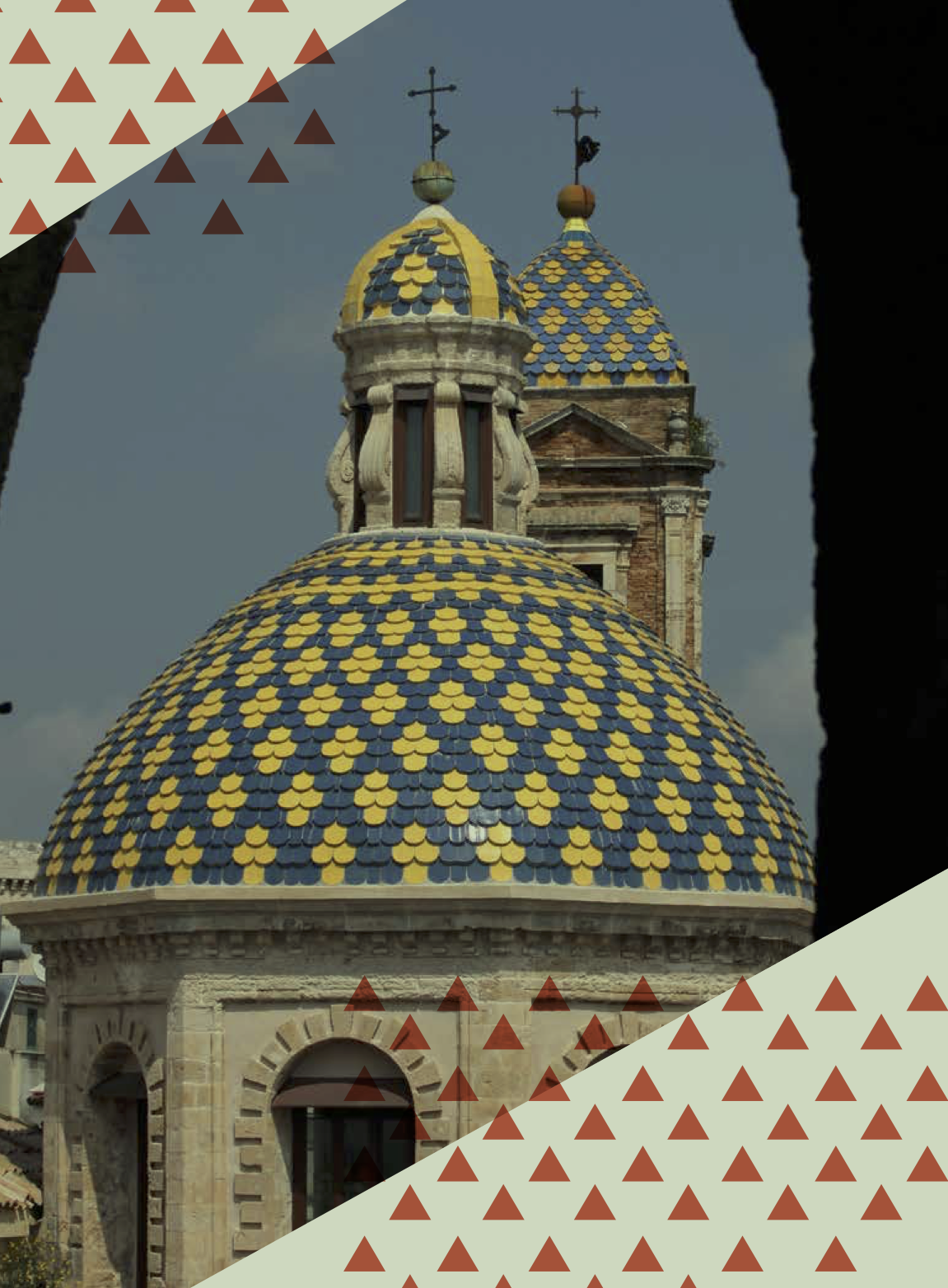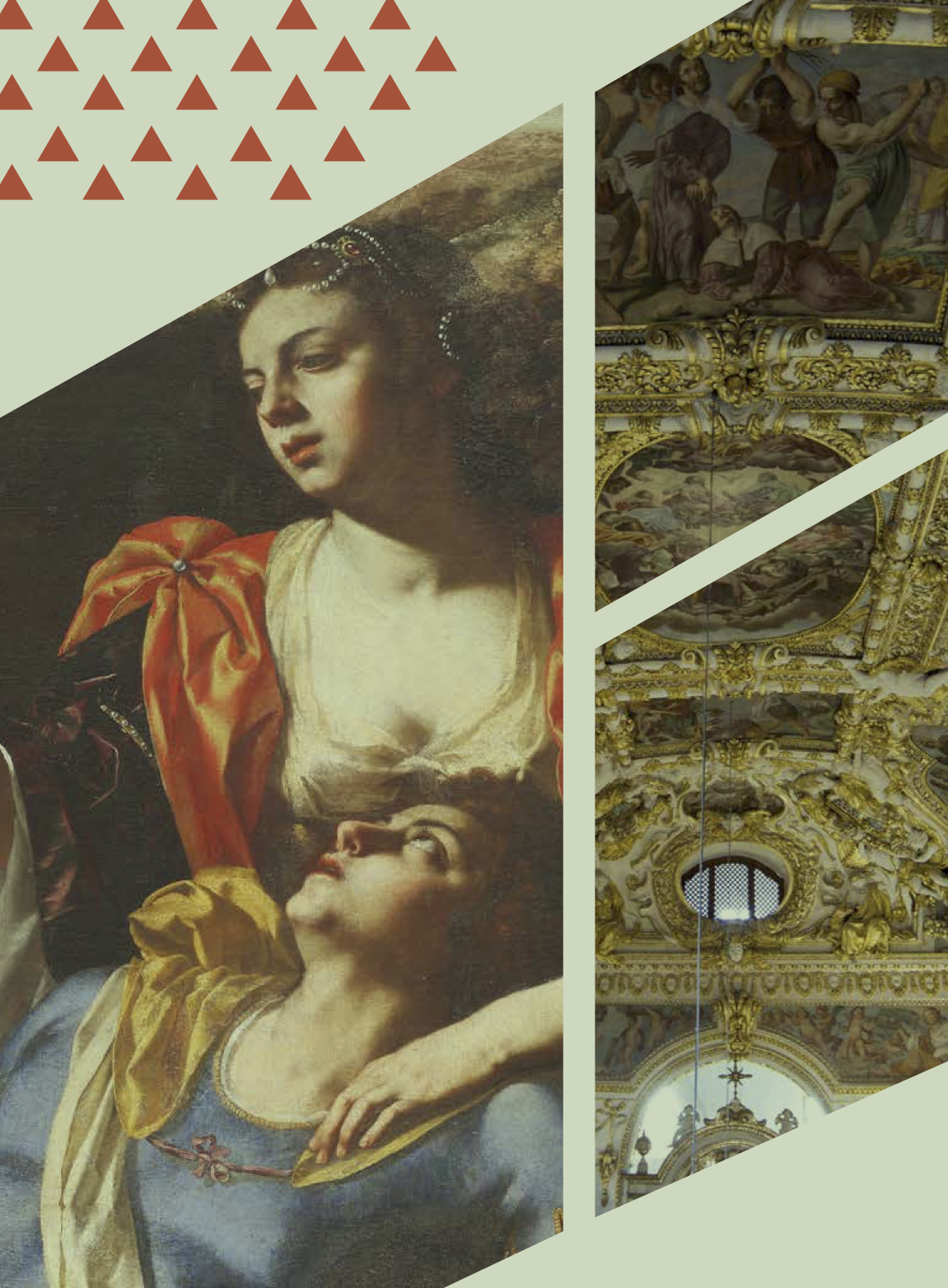Conversano dista da Bari circa 30 km ed è circondata da campagne e altipiani carsici. Città d’arte, la sua storia è legata alla figura di Giangirolamo II Acquaviva d’Aragona, il “Guercio delle Puglie”. La meravigliosa vista da Largo di Corte, il punto più alto della città con i suoi 219 metri sul livello del mare, abbraccia tutto il paesaggio circostante. I resti delle mura megalitiche cingono l’affascinante centro storico, ricco di interessanti monumenti.
Il Castello, di origine Normanna, attualmente ospita le 10 tele raffiguranti il ciclo pittorico della “Gerusalemme Liberata” del grande pittore seicentesco Paolo Finoglio, due sezioni al secondo piano dedicate alle bande cittadine e ai costumi d’epoca, una sala convegni e uno spazio dedicato alle mostre contemporanee. Insieme al Museo archeologico nell’ex Monastero di San Benedetto, il Castello, è parte del Polo Museale Museco. Di notevole rilevanza è la Chiesa dei Santi Cosma e Damiano (XVII sec.) fatta edificare dal conte Giangirolamo II Acquaviva d’Aragona e da sua moglie Isabella Filomarino, divenuta sede del secondo santuario in Italia per il culto di Santa Rita gemellata a quella di Cascia. Fuori dall’abitato, vi è il meraviglioso Castello Marchione, un tempo casino di caccia extraurbano dei nobili Acquaviva di Aragona. Inoltre a Conversano si può assistere ad un interessante fenomeno quello dei “Laghi”, attualmente S.I.C. e Riserva Naturale Regionale, ovvero 10 depressioni carsiche che grazie alle piogge, si trasformano in piccoli laghi popolati da rettili e anfibi come il rospo smeraldino e dove è possibile trovare la Zerynthia Cassandra, splendida farfalla tutelata a livello comunitario. Tra le manifestazioni religiose si segnalano i riti della Settimana Santa, la Madonna della Fonte nel mese di Maggio patrona della città, Santa Rita e Santi Medici nel mese di Ottobre e San Flaviano il 24 Novembre.
Conversano lies about 30 km from Bari, in an area of the countryside dominated by limestone plateaus. A city of art, its history is inextricably linked with figure of Girolamo II Acquaviva of Aragon, the “Guercio delle Puglie” or “roving-eyed” feudal lord of Apulia. The Court Esplanade, the highest point of the city, offers exceptional and sweeping views out over the whole of the surrounding landscape. The enchanting old town, girdled by the remains of the massive ancient city wall, is full of interesting historical buildings. The Acquaviva family castle houses paintings that include Paolo Finoglio’s “Jerusalem Delivered” series, two sections on the second floor, dedicated to the city factions and period costumes, a conference room and a space dedicated to contemporary exhibitions and forms part of a combined Museum Hub along with the Archaeological Museum in the former Monastery of San Benedetto. Another site of major importance is the Church of Santi Medici Cosma e Damiano (the Physician Saints Cosmas and Damian; XVII century) which was built by order of Count Giangirolamo II Acquaviva of Aragon and became the seat of Italy’s second shrine of the cult of Saint Rita of Cascia. Outside the town lies the Castle of Marchione, once a country hunting lodge owned by the aristocratic Acquaviva of Aragon family. Conversano also offers the opportunity to see an interesting natural phenomenon, that of the local “Lakes” – ten limestone depressions at the foot of the hills that are transformed after the rains into small lakes teeming with reptiles and amphibians. The “Lakes” are best explored on foot or by bicycle. The most noteworthy of the local religious events are the rites of Holy Week and those of the patron saint of the city, the Madonna della Fonte (Our Lady of the Spring), St. Rita and Saints Medici in october and of St. Flavian.
area Politiche Culturali Santa Chiara Conversano
t. +39 080 4959149 / +39 0804951027
dir.politicheculturali@comune.conversano.ba.it
www.comune.conversano.ba.it
IAT : Ufficio di informazioni e accoglienza turistica
C.so D. Morea. 7 T. +39 0804956517
iat@comune.conversano.ba.it



